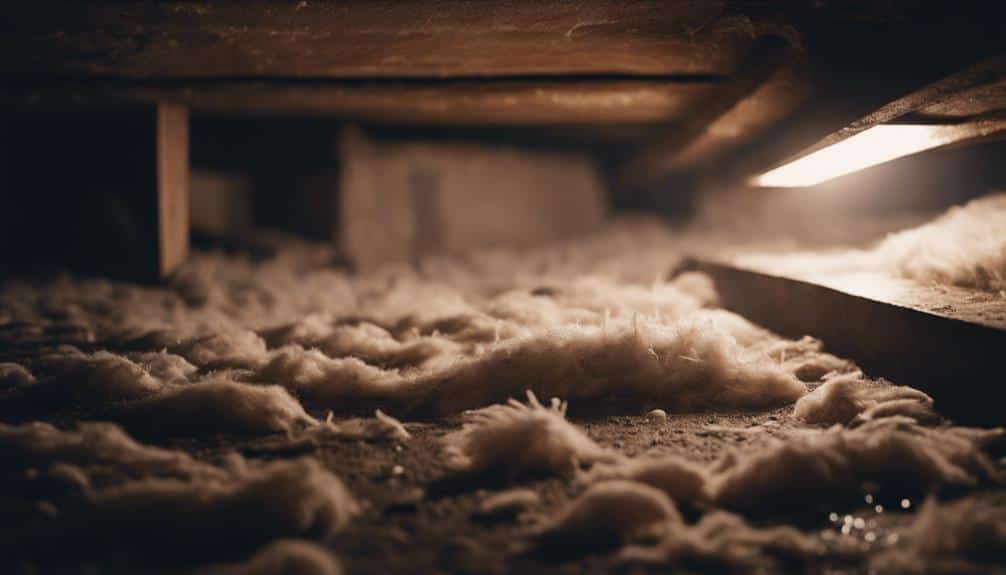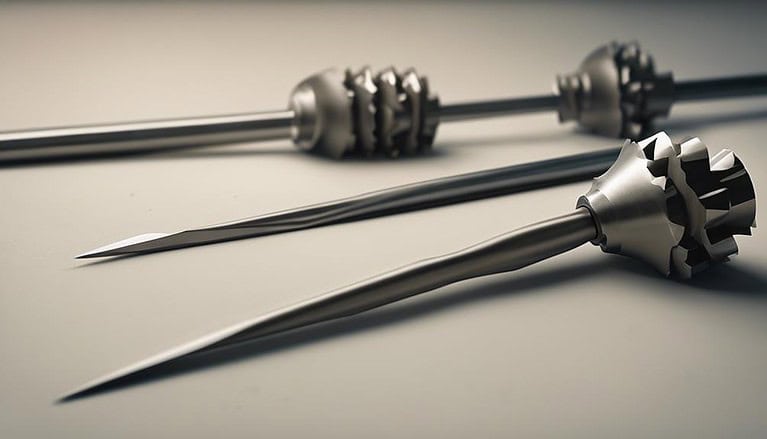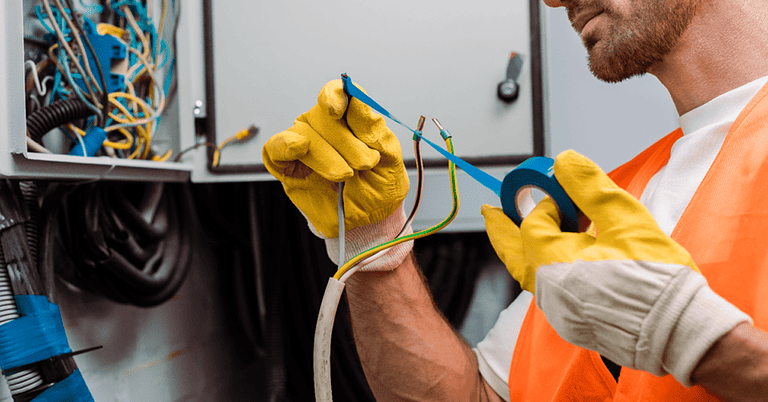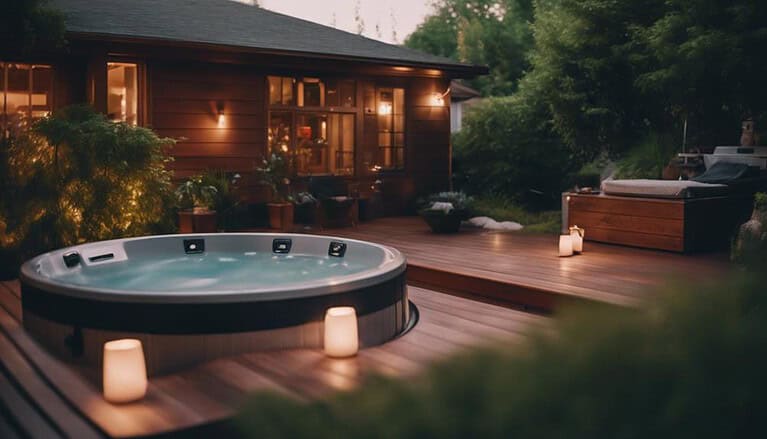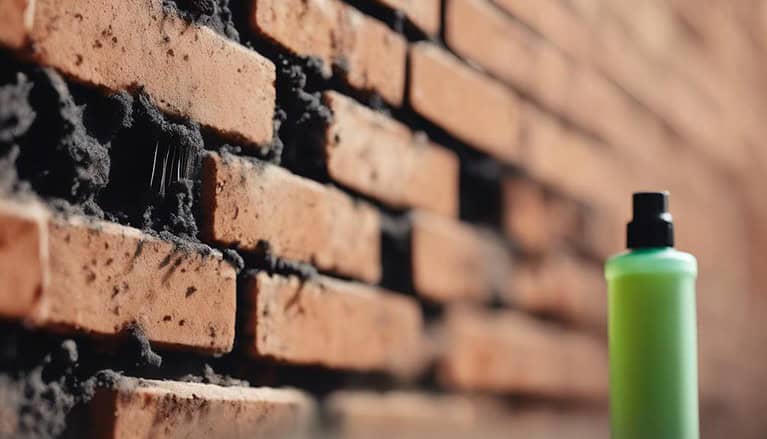How to Close Crawl Space Vents
To close crawl space vents, start by getting foam blocks, concrete blocks, and mortar. Check for any damage or blockages in the vent openings. This will help regulate temperature and humidity effectively. Use affordable tools like concrete blocks, mortar, cement caulk, and backer rods to create a strong barrier against pests, bad weather, and debris. Insulate the walls of the crawl space to maintain a consistent temperature. Use dehumidifiers to control moisture and improve the air quality. By sealing these vents, you can keep cold air out, lower your energy bills, and prevent pests from getting in. Now, let's dive into the specific methods and expert tips to transform your crawl space into a healthy and comfortable area.
TLDR
- Get foam blocks, concrete blocks, and mortar ready to close vents for better temperature and humidity control.
- Check vents for damage or blockages to keep pests, bad weather, and debris out.
- Insulate crawl space walls to keep a steady temperature and use dehumidifiers to prevent mold and improve air quality.
- Choose the right ventilation method for your area and seek expert advice if needed.
- Seal vents properly to stop moisture and pests from getting in, maintaining a comfortable temperature and saving energy.
Why Close Crawl Space Vents
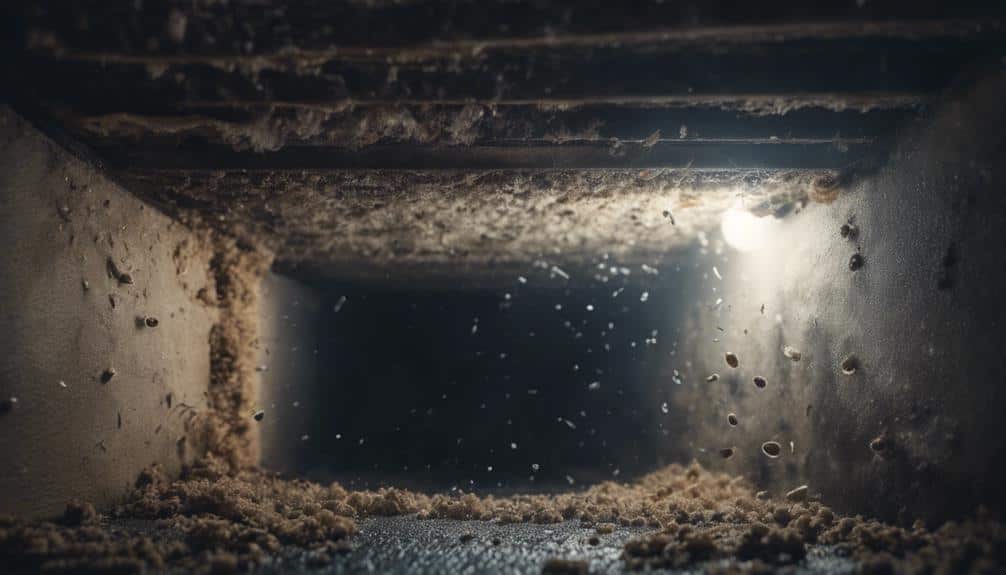
Closing crawl space vents in winter helps keep cold air out, prevents frozen pipes, and saves energy. It's a simple way to make your home more comfortable and efficient. When you close foundation vents, you stop damp outside air from getting in, which can cause mold and wood damage. By using vent covers, you create a warmer, drier space that lowers energy bills and keeps pests away. You'll also have better air quality and less risk of frozen pipes. Closing these vents is a smart move for a healthier, more energy-saving home.
Preparing for Vent Closure
Before you seal your crawl space vents, gather foam blocks, concrete blocks, and mortar. Check vent openings for any damage or blockages. This will help you close the vents effectively to control the temperature and humidity in your crawl space.
Gather Essential Tools
What tools do you need to gather to make sure you can close your crawl space vents effectively? To seal off the vents, you'll need a few important items. Go to the store and get concrete blocks, mortar, cement caulk, and backer rods. These tools will help you seal the vents securely. Concrete blocks are a cost-effective choice at around $3 each, compared to vent covers that cost $25. They are strong, durable, and create a solid barrier against pests, bad weather, and debris. With these essential tools, you'll be all set to close your crawl space vents and enjoy a home that's free from pests and energy-efficient.
Inspect Vent Openings
Check the size of your crawl space vents to make sure you pick the right way to close them. Look at the vent screens to see if they're in good shape or if they need fixing. Clear out any dirt or stuff blocking the vents before you seal them up. Count how many vents you have to close, so you have all the things you need. Think about the weather and seasons when you decide if you want a permanent or temporary fix. Examining your vent openings well will get you ready to shut them off.
Insulation and Dehumidification
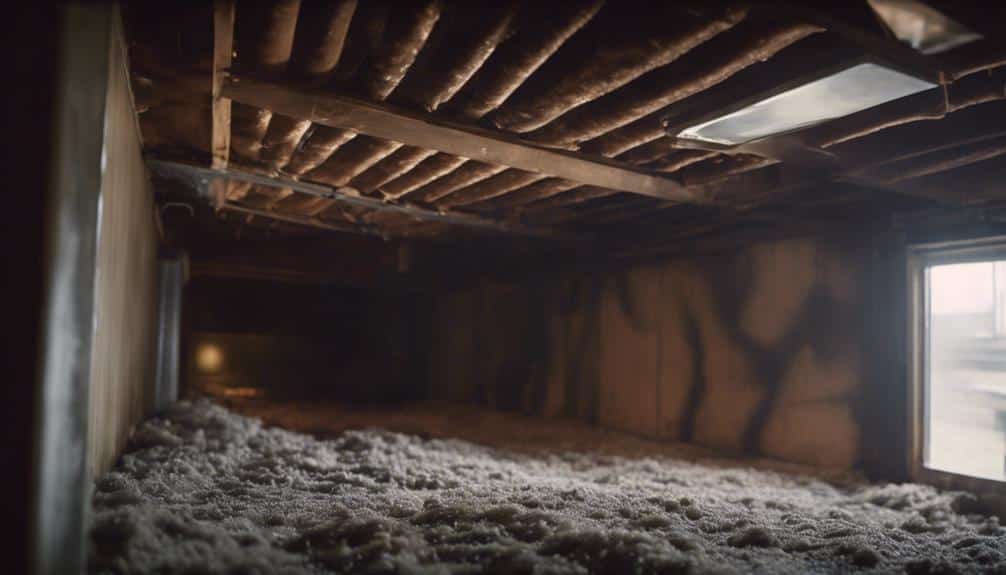
Insulating your crawl space walls and using dehumidifiers can make your living area more comfortable. When you close crawl space vents, insulation helps keep a consistent temperature, reducing cold floors and drafts. Dehumidifiers help control moisture, preventing mold and musty smells, improving air quality, and saving energy in the long run. Insulating and dehumidifying are crucial for a cozy and energy-efficient home. These simple steps create a healthy environment for you and your family.
Understanding Crawl Space Ventilation
Now that you've sorted out insulating and reducing humidity in your crawl space, it's time to think about airflow. Good airflow is crucial for keeping your home healthy and energy-efficient. Understanding how to improve ventilation in your crawl space is key to making your living space cozy and free from pests.
Crawl Space Airflow
When it comes to crawl space ventilation, airflow is super important for keeping your home healthy and energy-efficient. Good airflow stops moisture from building up, which can cause mold and wood damage. Without it, you might deal with bad air quality, dampness, and pests. Managing airflow can help you save energy and have a cozier home. For example, sealing off the crawl space through encapsulation can reduce moisture and boost airflow. This creates a better living environment, cuts down on energy use, and lowers your bills. Prioritizing crawl space airflow is a key step toward a more efficient and comfy home.
Proper Ventilation Methods
How can you make sure your crawl space has enough air circulation to stop moisture buildup and stay healthy? It's important to know that the right ventilation methods depend on your climate, building, and moisture issues. If you have an encapsulated crawl space, you might need a different approach to keep the air clean and control moisture. Getting advice from experts can help you find the best solutions for your specific situation. Picking the right ventilation methods will help you manage air flow, humidity, and prevent mold. Remember, good ventilation in your crawl space is crucial for a healthy and dry space.
Types of Crawl Space Vents
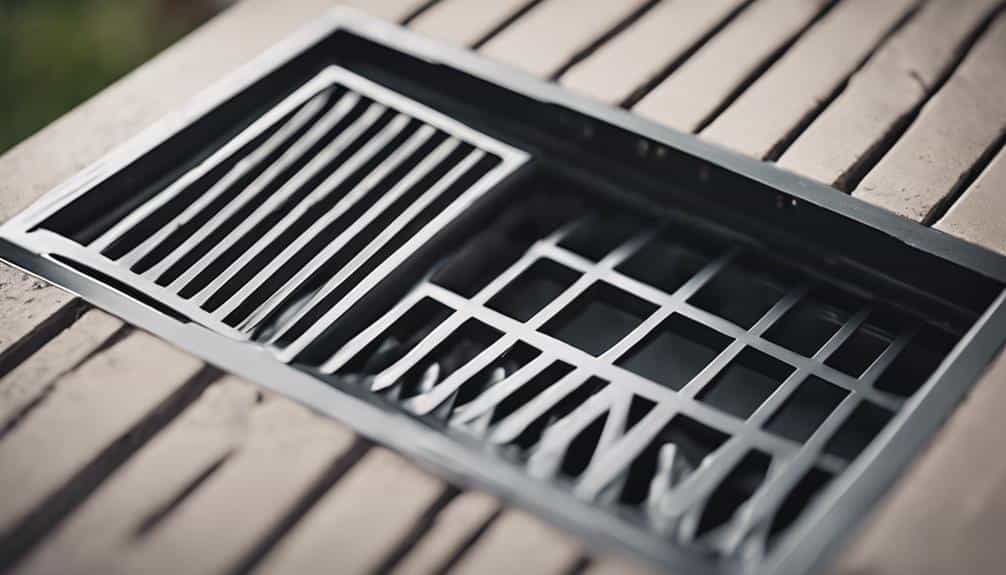
You'll find three main types of vents for your crawl space: foundation vents, rim joist vents, and through-wall vents. Foundation vents let air flow in the crawl space from the foundation walls. Rim joist vents, placed in the rim joist area, help with ventilation and stop moisture buildup. Through-wall vents, located on the outer walls, help air circulate and reduce humidity. Choosing the right vents is crucial for keeping the air clean, preventing mold, and maintaining the structure. Understanding these vent types will help you pick the best ones for your crawl space.
Dealing With Moisture Issues
Now that you've closed those crawl space vents, it's time to deal with the moisture issues that can cause mold and mildew to grow. You need to find where the moisture is coming from and control it. Let's start by figuring out the sources of moisture and how to manage humidity effectively. Once you understand this and use the right methods, your crawl space will be dry and healthy.
Moisture Sources Identified
Moisture in your crawl space can come from different places like the ground, outside air, and leaks in pipes. If not fixed, this can cause many problems. When vents are open, moisture can build up, creating a good place for mold and mildew to grow. It's important to find and fix these sources to keep your crawl space healthy. Look for signs like water marks or musty smells, and check for any damage in your vapor barrier. Proper insulation and moisture barriers are crucial to prevent these issues according to building rules. Knowing where the moisture comes from helps you stop damage and keep your crawl space dry and safe.
Humidity Control Methods
To get your crawl space back in order, you need to use methods that manage humidity effectively. Start by getting a dehumidifier to control moisture levels. Make sure to seal up the crawl space vents to stop damp air from coming in. Keep an eye on the humidity levels regularly. Insulating the crawl space walls can also help keep the temperature stable and prevent moisture. If you're not sure what methods to use, ask professional contractors for advice.
Importance of Sealing Vents
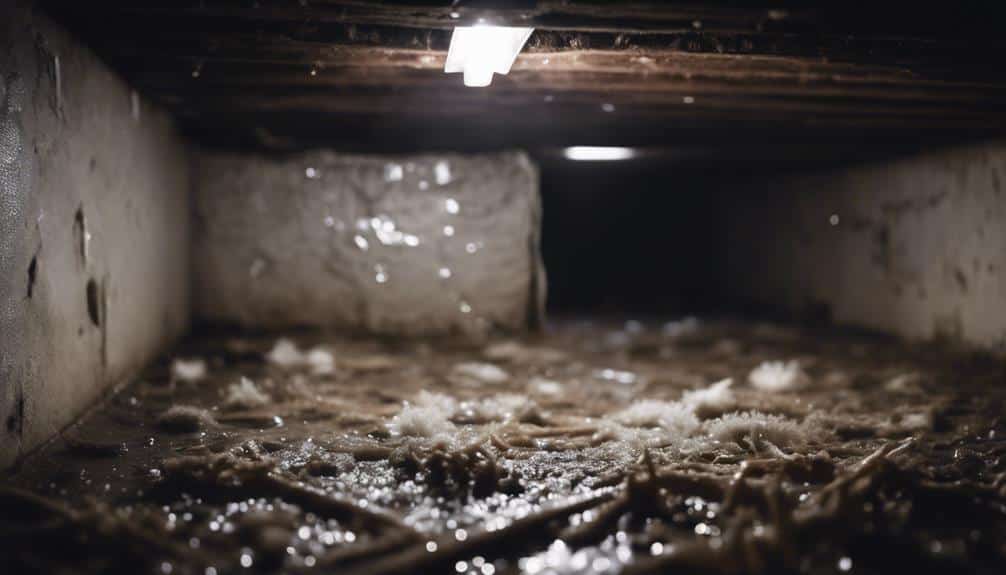
Sealing your crawl space vents is essential to avoid costly problems later on. If you leave the vents open, moisture can build up, leading to mold and wood damage. By sealing the vents, you can prevent these issues and also protect your pipes from freezing in the winter. This will save you money on heating bills and keep pests like insects and rodents out. It's a simple and affordable way to maintain your home. So, seal those vents now for a healthier and more efficient crawl space!
Winter Vent Closure Methods
Now that you've sealed your crawl space vents, let's look at the best ways to keep them closed in winter. Use foam blocks to stop cold air from getting in, keeping your crawl space warm. Covering the vents with 6-millimeter plastic sheeting can also help stop moisture buildup. These steps will help you have a cozy and dry crawl space all winter. Remember to remove the foam blocks in spring for proper ventilation. With these methods, you can keep your crawl space comfy and shielded from winter weather.
Monitoring Humidity Levels
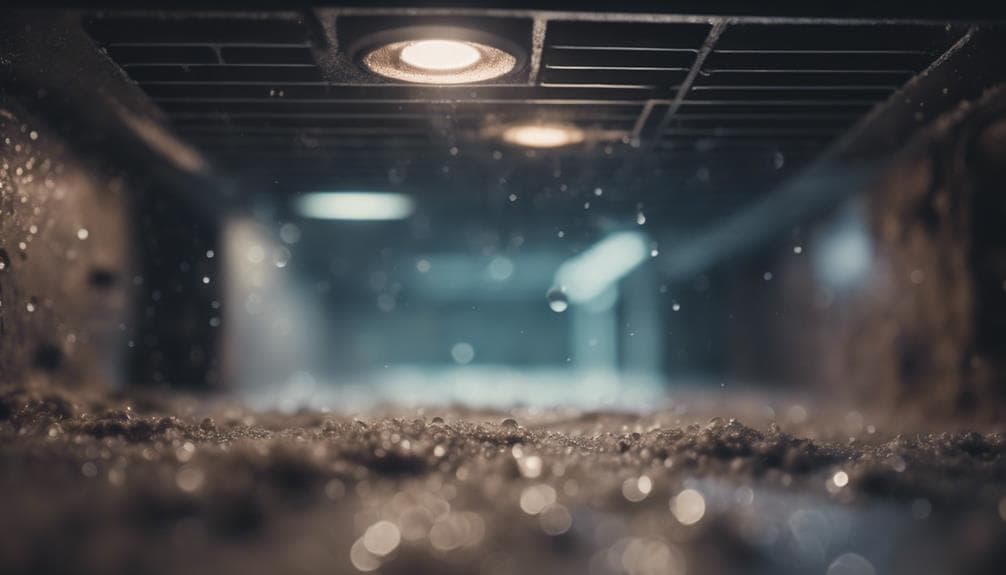
To keep your crawl space in good shape, watch the humidity levels closely. High humidity can cause mold and other issues, so it's crucial to check the moisture in the air. Use a humidity meter to aim for 30-50% humidity. If it gets too high, fix it quickly to avoid problems. Regularly checking the humidity can stop mold and keep your crawl space dry and safe.
Professional Guidance Needed
When it comes to shutting crawl space vents, especially in winter, it's important to talk to experts who can give you the right advice based on your area's weather, humidity, and insulation. You need to make sure the vents are sealed well to stop air leaks and moisture problems. By getting help from professionals, you'll learn how to close the vents properly for your situation. This will help keep your house comfy, lower energy costs, and make the air indoors better. Don't take chances that could lead to expensive fixes or health troubles – trust experts to seal your crawl space vents correctly!
Maintaining a Healthy Crawl Space
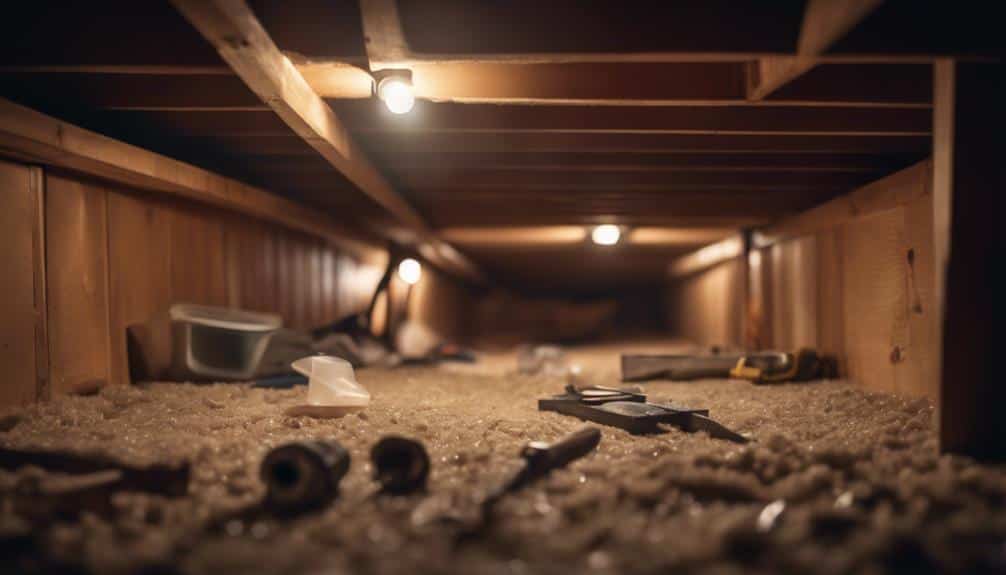
Sealing your crawl space vents is important for keeping it healthy. When you close the vents, you stop moisture and pests from getting in, which is good for your crawl space. It also helps save energy by keeping cold air out and maintaining a steady temperature. This prevents mold and wood damage, making your home safer. Sealed crawl spaces are also better at keeping pests away and improving air quality. By sealing your vents, you can have a healthy, pest-free, and energy-efficient crawl space.
Conclusion
Congratulations! You've taken a big step towards a healthier, more energy-efficient home by closing your crawl space vents. Remember to check humidity levels regularly and make sure your insulation and dehumidification are in good shape. With the right tips and professional advice, you'll soon have a cleaner, drier crawl space. Keep an eye on those vents to keep your home happy and healthy!

